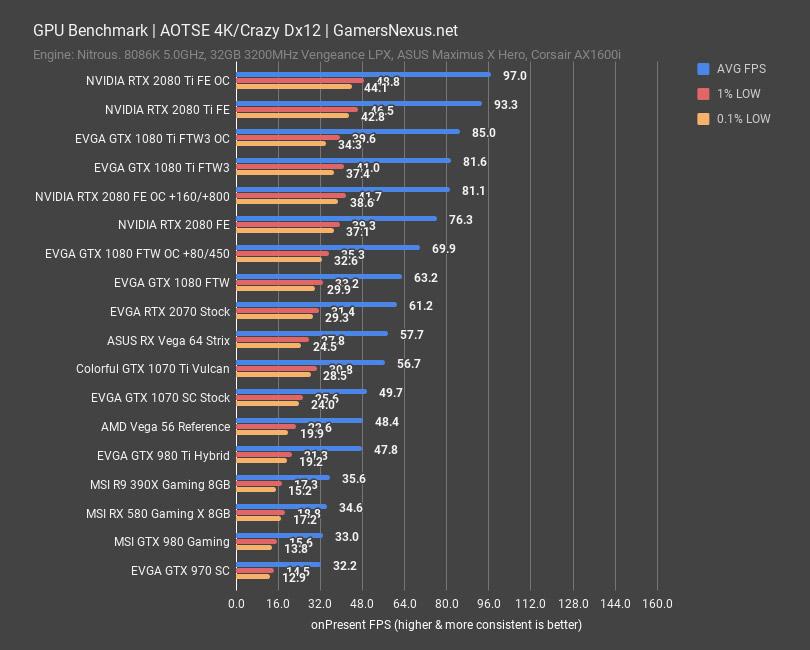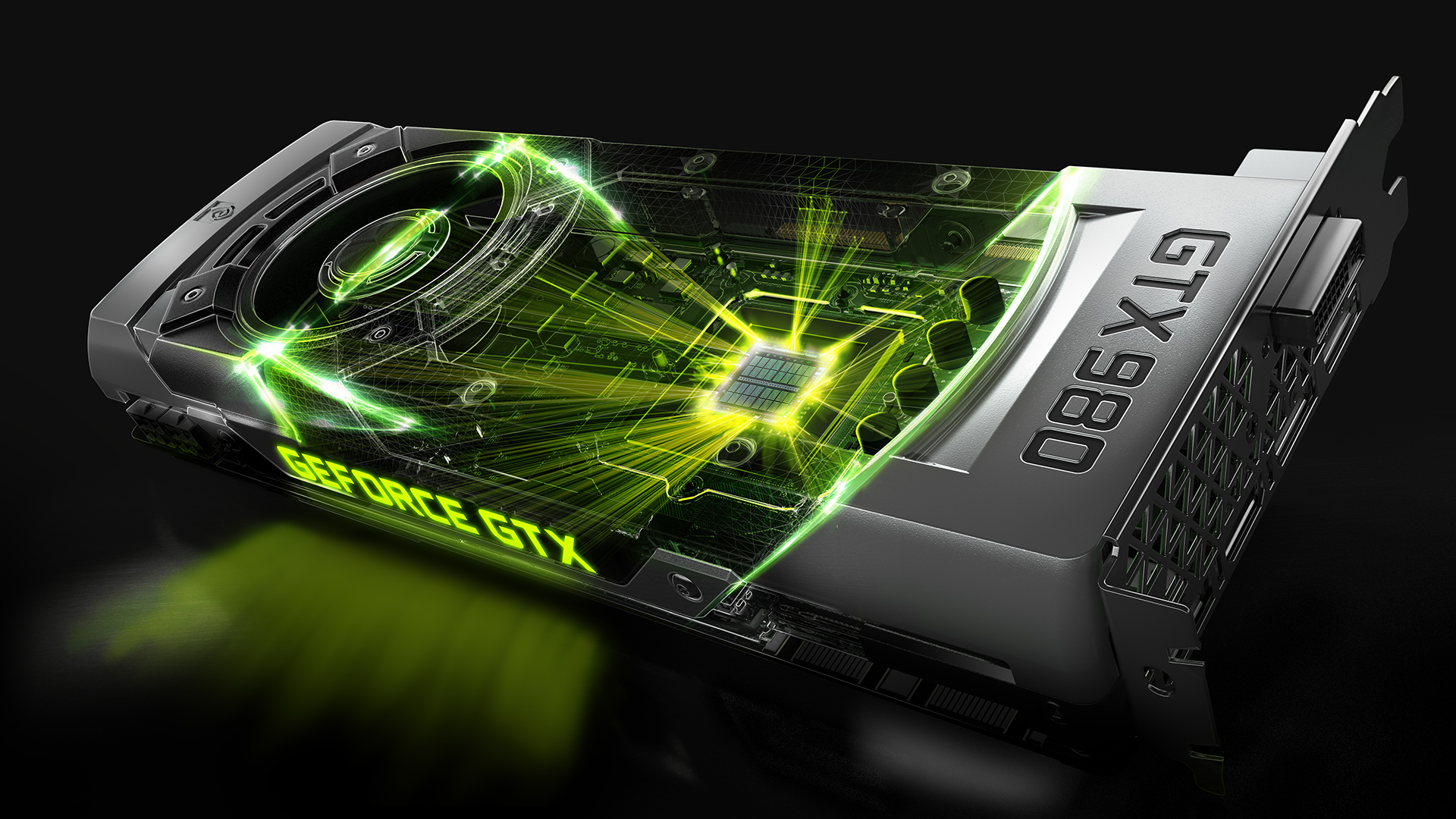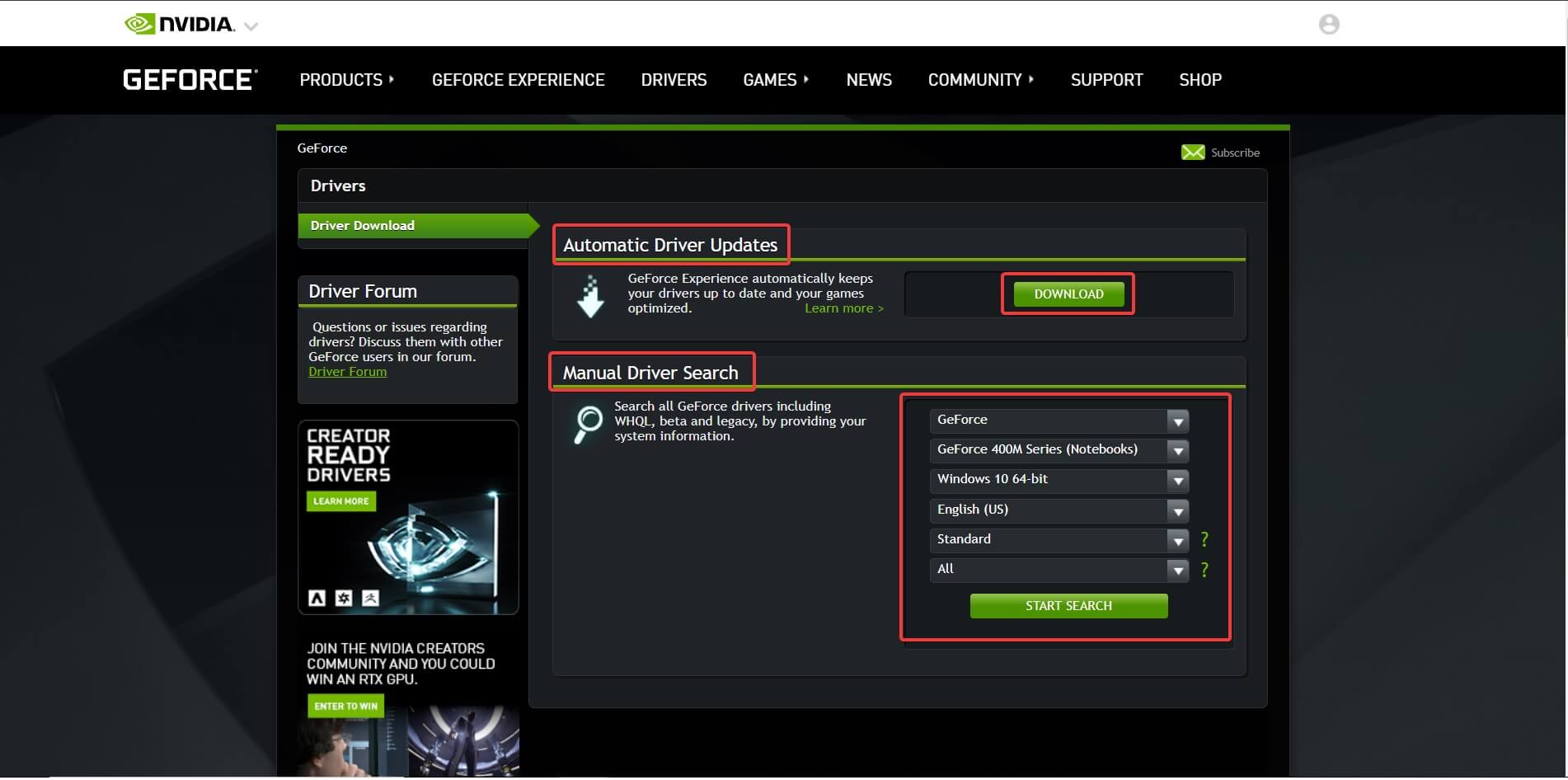

Make sure your monitor is connected using Nvidia GPU (desktop computers only).Click “Download Now” and install the application.It’s an official Nvidia app created for optimizing your gaming experience and helping to keep your drivers up to date. If you still can’t install the Nvidia driver on your PC, you can seek the help of the GeForce Experience app. Select the necessary driver type and language.If you don’t see it in the list, click “Show All Operating Systems.” Select your Windows operating system type.Select your Nvidia graphics card type from the suggested types.It will state either “32-bit” or “64-bit.” Memorize your operating system type. Once the diagnostics are complete, find the “Operating System” line.



Expand the dropdown menu next to “Operating System” and select your PC’s Windows version from the suggested.Head to Nvidia’s official driver download page.Once the update installation is complete, install a suitable Nvidia driver.Your PC might restart a couple of times throughout the process. If updates are available, accept the installation of all updates.From the left sidebar, select “Windows Update.”.Press the “Widows” and “I” keys simultaneously to access Settings.If your Windows version or build doesn’t support Nvidia driver, follow the steps below to fix it: Find the “Version (OS Build )” line and write down or memorize your Windows version and build.Type in “ Winver” and hit the “Enter” key.Press the “Windows” and “R” keys simultaneously.Here’s how to check your PC’s Windows version and build: As for the builds, your PC should be running on version 10586 or later. Windows 10 versions before the Windows 10 Threshold 2 version 1511 don’t support Nvidia drivers at all. If the issue persists after downloading the right driver, the problem may lie in your Windows build.


 0 kommentar(er)
0 kommentar(er)
